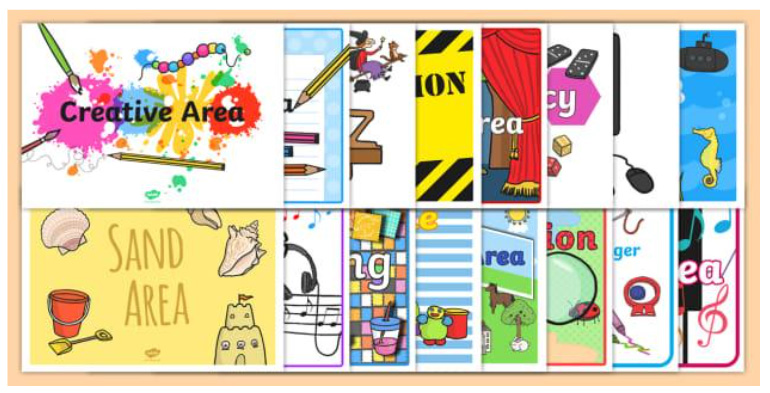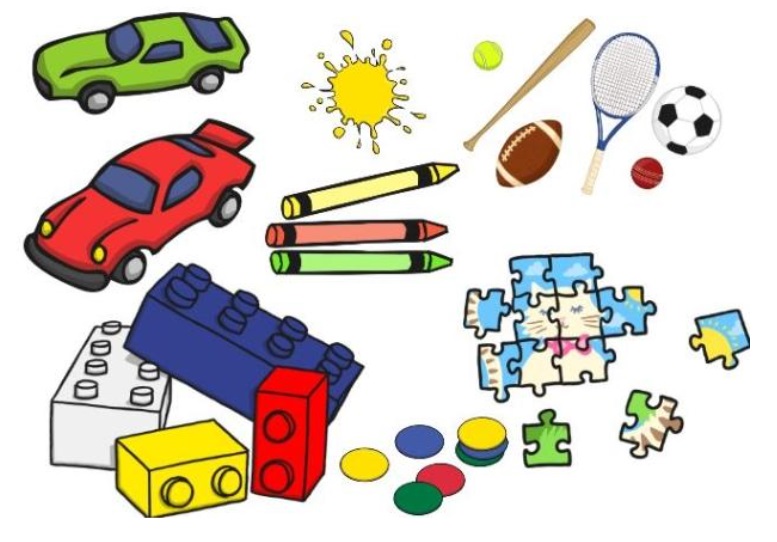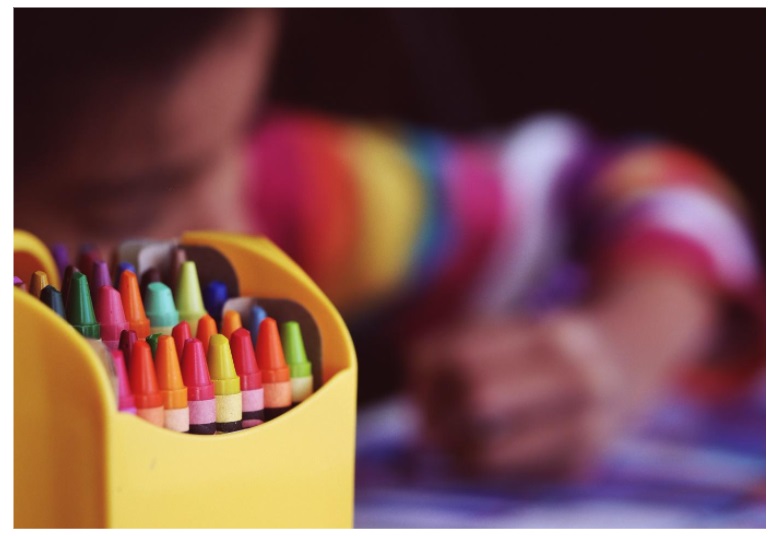
To gain more advanced knowledge of the EYFS it is crucial that you hold an understanding of the key principles which the EYFS is built upon. These principles, known as the ‘themes’ which underpin the EYFS, refer to the foundations needed to enable children to thrive and develop across each of the EYFS seven areas of learning. Knowing the EYFS themes enables practitioners to create an optimum learning environment in which children can continuously learn, develop and thrive.
The key focus during EYFS is on teaching children routine and easing them into the idea of learning in a structured environment. This gets kids ready for beginning more formal teaching in KS1.
The four main EYFS principles that schools and practitioners work to adhere to are:
To gain more advanced knowledge of the EYFS it is crucial that you hold an understanding of the key principles which the EYFS is built upon. These principles, known as the ‘themes’ which underpin the EYFS, refer to the foundations needed to enable children to thrive and develop across each of the EYFS seven areas of learning. Knowing the EYFS themes enables practitioners to create an optimum learning environment in which children can continuously learn, develop and thrive.
The key focus during EYFS is on teaching children routine and easing them into the idea of learning in a structured environment. This gets kids ready for beginning more formal teaching in KS1.
The four main EYFS principles that schools and practitioners work to adhere to are:
In EYFS, practitioners often don’t have to work in classrooms and so the places where young children learn are called Early Years settings or Learning Environments.
Early years settings can include childminders, day nurseries, pre-schools, holiday playschemes and childcare in your own home. The law refers to these as early years settings and providers.
Early Years Settings should be safe engaging spaces which seek to enable children to feel comfortable. For some lovely resources to help you to build or decorate your own Early Years Setting check out our EYFS Area Signs.

The EYFS is divided up into Seven Areas of Learning and Development, which are:

Assessments take place on a daily basis in EYFS through the form of observations – rather than formal testing. A child’s progress is reviewed around two to three years old, before they start more structured learning, and again at the end of reception before they move on to KS1. The goals and expected development for early years children across the seven areas of learning and development, as well as changes between different ages and stages and these expectations, will inform practitioners observations.
Children in Early Years will all have a learning journey. These are documents which record observations about the child. EYFS practitioners will observe children as they play to understand the child’s current attainment and to plan for their next steps. These observations form the majority of EYFS assessments and are shared with parents and carers.
Parents and carers are also invited to contribute their own observations of their child’s learning at home so that a more complete picture of a child’s development can be achieved. Sharing the EYFS curriculum aims with parents and carers will help their understanding of the EYFS and the stages of their child’s development. This will help them to best support their child’s learning at home and to begin doing some home observations which can support practitioner assessments.
At the end of the reception year, children are assessed against an Early Learning Goal in each area. These goals may inform observations at earlier ages, and can offer a good insight or structure when reading or writing a child’s learning journey.
They are considered emerging’, ‘expected’ or ‘exceeding’ within each area. Schools The aim for a school is to ensure that all its children achieve a ‘good level of development’, also known as GLD. These assessments are a good tool for helping the child’s new teacher to baseline their current development and plan initial activities to support their learning.
Having an in-depth knowledge of the EYFS ensures that these final assessments are accurate and can be used to gage children’s final attainment in regards to the EYFS. Completing these Foundation Stage profiles is crucial in enabling children’s transition to the National Curriculum.

Play in the Early Years Foundation Stage is essential to young children. Through play, children will learn and develop in all seven areas of their learning. Children will be able to engage creativity and team-building skills with solo and group play, all of which can benefit their Communication and Language development.
By deviating between indoor and outdoor play, it can help children with their learning outcomes on Understanding the World as well as giving them opportunities to explore new ideas and engage problem-solving skills. Equally, by using play to teach children about a range of events and also the necessity of proper safety precautions, you can relate it to their History and Personal, Social and Emotional Development outcomes.
Adult-led learning forms key elements of the EYFS curriculum, particularly when helping children to develop specific skills. Having an insight and knowledge of the EYFS curriculum helps practitioners differentiate their approach and know when to apply adult-led learning and when children may benefit from a child-led approach. Children, particularly in reception, will also engage with some more ‘formal’ learning techniques.
For example, children will be involved in carpet sessions, often with a specific focus. Sometimes this focus may be around phonics or maths and on other occasions, it may be based around Understanding the World or Personal, Social and Emotional Development.